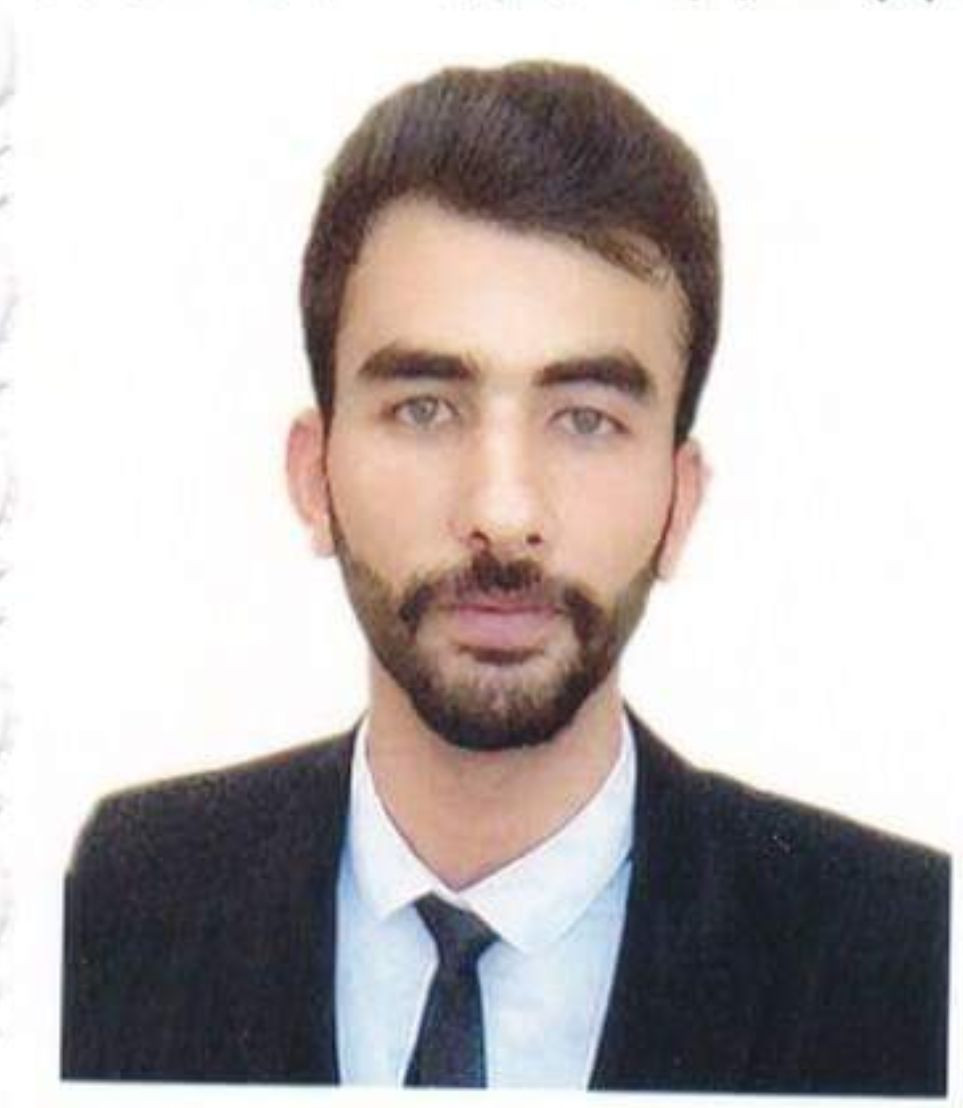
Understanding reservoir fluid behavior and modeling using PVT analysis and equations of state
Best Seller
This hand-on course teaches industry standards workflows for PVT data validation, EOS tuning and fluid modeling using software. Participants will learn to QC lab data, import laboratory experiments, characterize heptane – plus fractions, match EOS to experiments, and export models to different packages
I recently had the opportunity to participate in the PVT & EOS Fluid Modeling course, and I must commend the instructor Eng Mohamed for their exceptional teaching abilities. His efficiency and expertise were evident throughout the course, making complex topics accessible and engaging. The hands-on approach of the course was particularly beneficial, as it allowed me to learn industry-standard workflows for PVT data validation, EOS tuning, and fluid modeling directly using software. The instructor guided us through the process of quality checking lab data, importing laboratory experiments, and characterizing heptane-plus fractions with clarity and precision. What stood out most was the instructor's ability to match EOS to experiments seamlessly, ensuring that we not only understood the theoretical aspects but also gained practical skills that we can apply in our work. However, one notable drawback was the lack of access to the software for self-training. While the course provided valuable insights and knowledge, the inability to practice independently with the software limited our opportunities to reinforce what we learned. Having access to the software would have greatly enhanced our learning experience and allowed us to further develop our skills outside of the classroom setting. Overall, I highly recommend this course and the instructor Engineer Mohamed to anyone looking to deepen their understanding of fluid modeling. Their commitment to teaching and the wealth of knowledge they shared made this an invaluable experience, despite the limitation regarding software access. Thank you for an outstanding course!
Eng Mohamed is clearly an expert on the subject and his delivery of the course was really commendable. Really enjoyed and learned a lot from the course.
